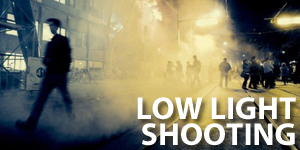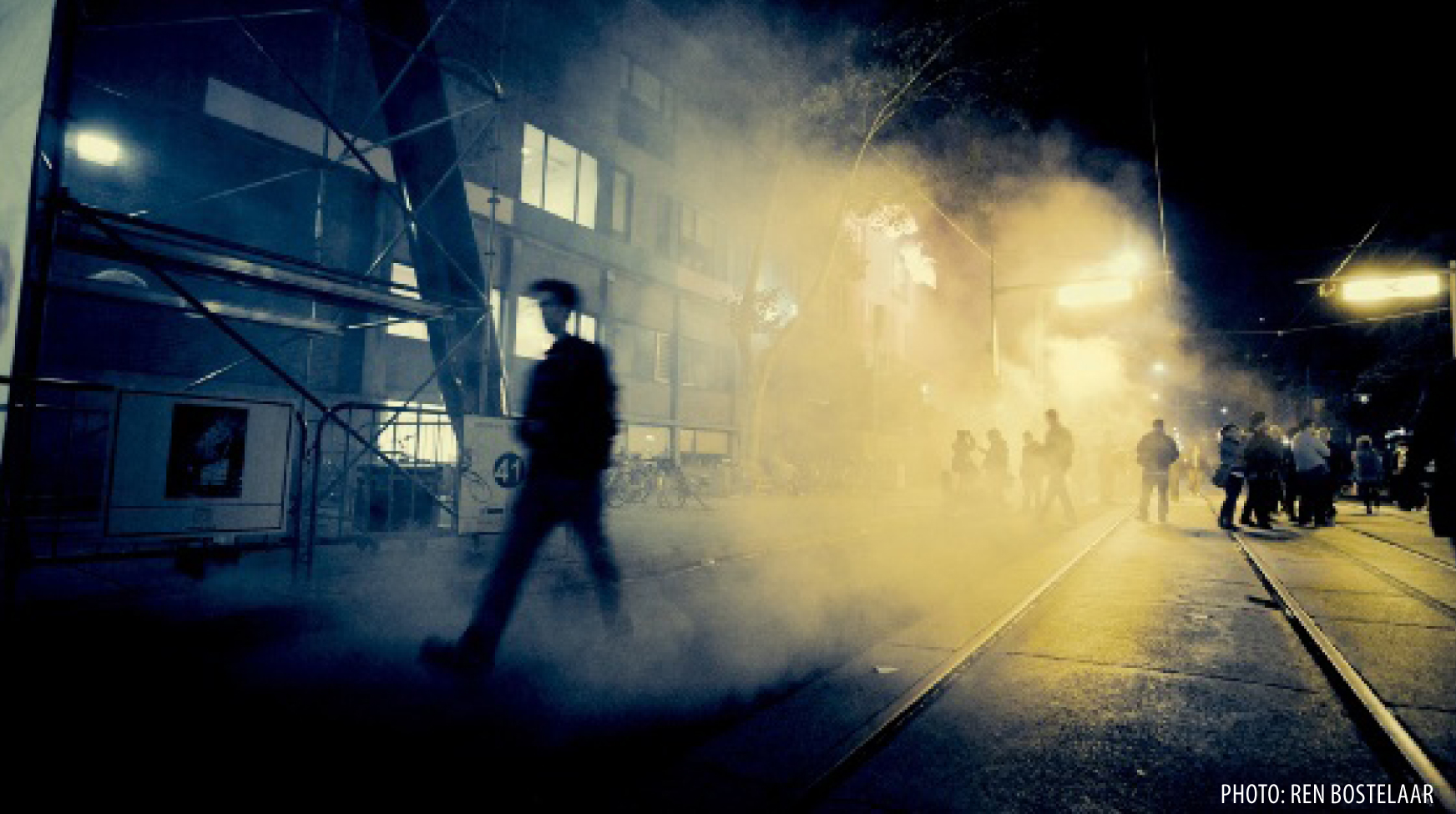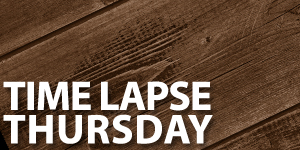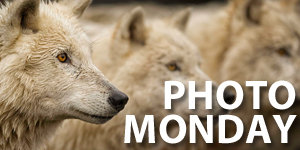“I have a Canon T3i DSLR with the kit lens 18-55mm. What would be the best settings to use in low light scenarios with program, manual, or other suggested modes?”
Stick With the Program! Taking your camera out at night opens up a whole world of new possibilities. We get lots of questions about night photography, but it’s a useful topic before you head out to nighttime events such as Nuit Blanche (or something similar). On the city’s packed sidewalks and in busy galleries, plenty of photographers will find the limits of their camera’s low light capabilities, but it is possible to get great images in poor lighting. In an automatic scene mode, your camera might not make the best choices, so set your mode dial to Program and follow these rules:
Go Steady. In low light, your biggest enemy is camera shake. The best solution to unsteady hands is a good tripod – even just a small one that you can set up on a flat surface – and a remote release. This will allow you to leave the shutter open for as long as you want, so consider capturing long “bulb” exposures that turn moving subjects into an artistic blur.
If you must shoot handheld, engage any image stabilization technology your lens or camera body offers, and if your camera has a viewfinder, use that for composition instead of the LCD screen. Hold the camera up to your eye with a relaxed but firm grip, and breathe slowly and steadily. Consider leaning against a nearby wall or pole for extra support.
Go Wide. Focal length makes a big difference, because camera shake is exaggerated the more you zoom in. Favour the wider end of your lenses when working in low light, and use your feet to zoom if you need to get closer to your subject.
Crank It Up. Most cameras try to keep ISO fairly low, because high ISO can lead to ugly image “noise” that shows up like coloured speckles in shadows and dark tones. However, most modern interchangeable lens cameras can actually produce clean images at ISO settings a bit higher than the auto-ISO ceiling, so consider cranking your ISO up to 3200 or even 6400. This basically amplifies the light after it’s been captured, allowing you to shoot at higher shutter speeds and prevent camera or subject blur more effectively.



